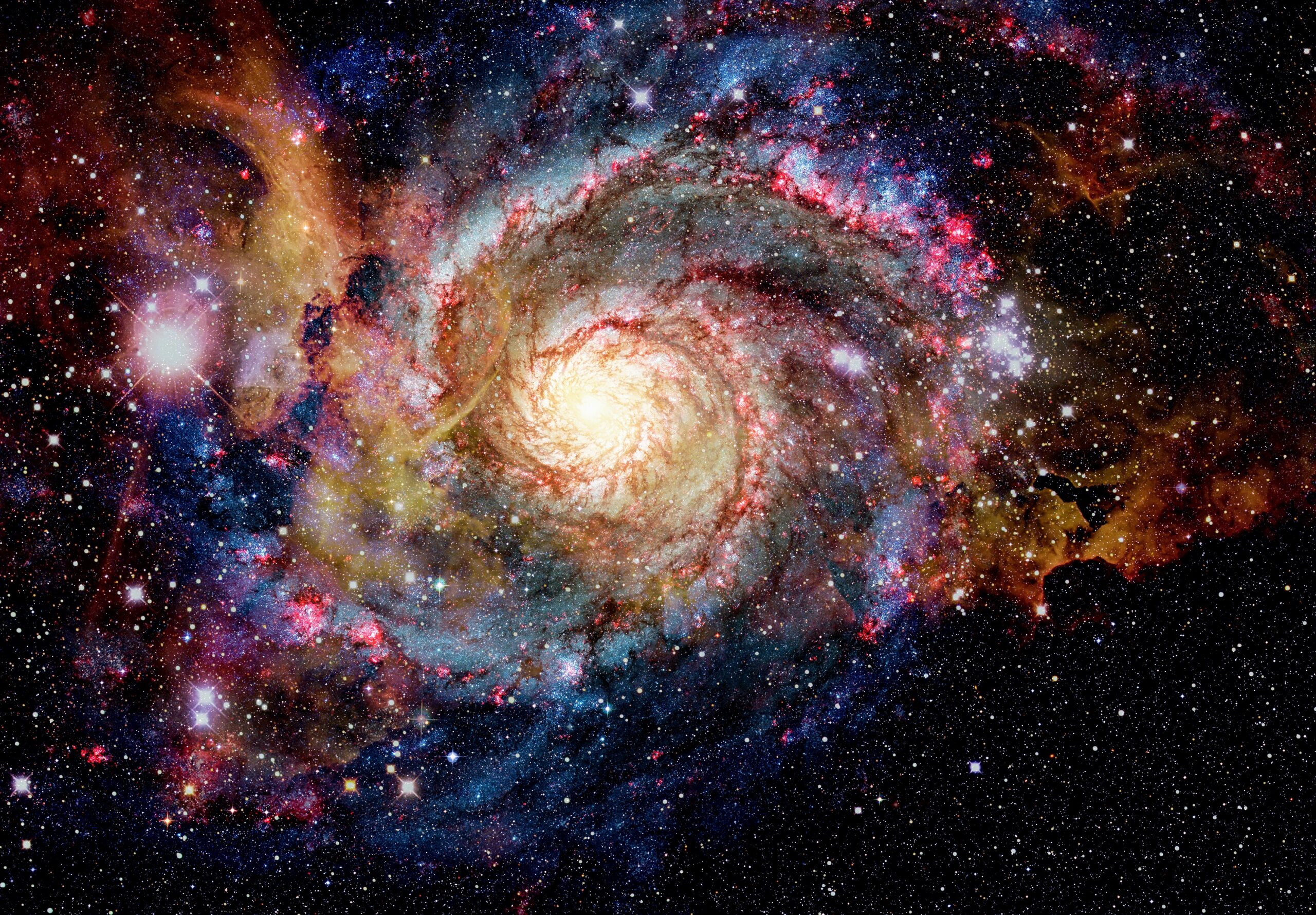A recent study published in the journal Physical Review D Marks a major advance in cosmology. A team of researchers analyzed more than a million galaxies to gain insight into the origins of the universe’s current cosmic structure.
This research contributes to the understanding of the CDM model, the standard framework of the universe, which proposes the importance of cold dark matter (CDM) and dark energy (the cosmological constant).
original fluctuation
The model theorizes that primordial fluctuations originating from the dawn of the universe were the catalyst for the formation of all celestial bodies, including stars, galaxies, and galaxy clusters.
These fluctuations are initially small but grow larger over time due to gravity, eventually forming dense regions or halos of dark matter. These halos then collide and merge, leading to the formation of galaxies.
The spatial distribution of galaxies
The spatial distribution of galaxies is significantly affected by these primordial fluctuations and has been a focus of researchers.
In addition, the shapes of galaxies scattered throughout the universe reflect these primordial fluctuations. However, traditional analysis has mainly focused on the spatial distribution of galaxies as points.
research focus
The research was led by Toshiki Kurita, a graduate student at the Kavli Institute for Physics and Mathematics of the Universe (Kavli IPMU) and now a postdoctoral researcher at the Max Planck Institute for Astrophysics. Professor Takada Masahiro.
The team developed a new method for measuring the power spectrum of galaxy shapes. This method combines spectral data on the spatial distribution of galaxies with imaging data on the shape of individual galaxies.
important new insights
By analyzing approximately one million galaxies from the Sloan Digital Sky Survey (SDSS), the team succeeded in constraining the statistical properties of the original fluctuations that triggered the formation of cosmic structure.
Experts found that there is a significant alignment in the orientation of galaxy shapes even at distances greater than 100 million light-years, suggesting a correlation between distant galaxies that appear to have formed independently.
In this study, Kurita said, we were able to place constraints on the properties of the original fluctuations through statistical analysis of the shapes of numerous galaxies obtained from large-scale structural data.
There are few research precedents for using the shape of galaxies to explore the physics of the early universe. The research process, from the construction of concepts and the development of analytical methods to actual data analysis, is a series of repeated experiments.
Wonderful research results
The study also confirms that the observed correlations are consistent with those predicted by inflation theory and do not exhibit the non-Gaussian characteristics of the original fluctuations.
Takada expressed pride in Kurita’s work, saying: This research is the result of Toshikis’ doctoral thesis. This is an excellent piece of research where we develop a method to validate cosmological models using galaxy shape and galaxy distribution, apply it to the data, and then test the physics of inflation.
This research lays the foundation for further testing of the inflation theory in the future, and may open up new avenues for cosmological research and deepen our understanding of the origin and evolution of the universe.
Like what you read? Sign up for our newsletter to get engaging articles, exclusive content and the latest updates.
–
Check us out on EarthSnap, a free app brought to you by Eric Ralls and Earth.com.
#shape #million #galaxies #hints #origin #universe
Image Source : www.earth.com
